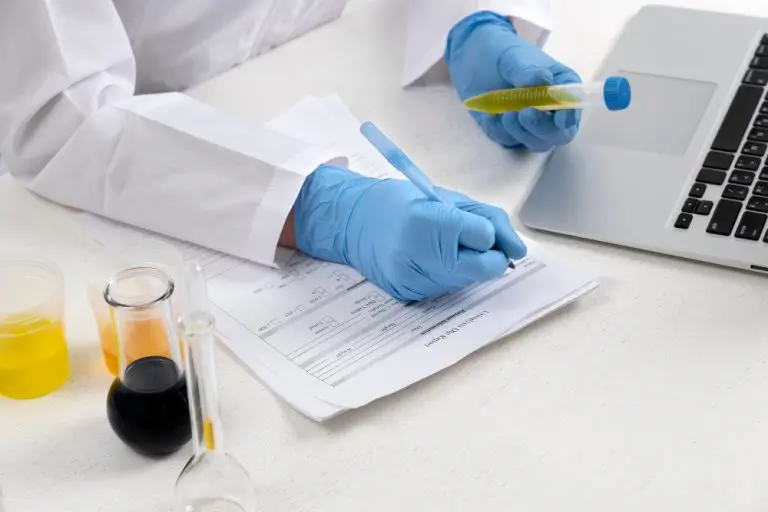When conducting laboratory tests, depending on the type of markers being examined, it is important to observe some rules, most often related to nutrition, medication intake, as well as information on performing diagnostic procedures in recent days.
The specialist who sends the patient for laboratory tests should warn the person who is about to undergo diagnostic tests what is appropriate to avoid.
For example, when a prolactin test is ordered, both the palpation (feeling) of the mammary glands during the examination, as well as stress and insomnia, can have an impact. Palpation of the breast, for example, when a neoplastic formation is suspected, leads to stimulation of the synthesis of the hormone and, accordingly, in a laboratory test, the values may be falsely positive – elevated. Immediately before taking venous blood for examination, the patient is left for 15 to 30 minutes in complete rest, since hurry, stress, and emotional tension are also reflected in the rise of the hormone.
During palpation of the prostate gland, there is an increase in some enzymes – acid phosphatase, and prostatic phosphatase, as well as an increase in the level of the prostate-specific antigen. This makes it necessary to study the values before the review. Usually, the urologist appoints them during the primary examination, and at the secondary examination together with the laboratory results and the palpation of the gland, an interpretation of the results is made.
High values of eosinophilic leukocytes – eosinophils are most often due to an allergic reaction or the presence of parasites. But one of the reasons without the presence of any disease is previously performed allergy tests. Some of them lead to a transient increase in eosinophils, in low values, but it must be taken into account in order not to change the direction of the diagnostic process.
When performing punctures – for example on sinuses, there is an increase in acute phase proteins. During muscle injections, several markers can be affected – they rise in low values, but still above the upper reference limit – creatine kinase, one of the main liver enzymes – AST, as well as lactate dehydrogenase, more commonly found under the abbreviation – LDH.
When taking biopsy material, not with high frequency, but in the next 1-2 days, the presence of blood in the feces can be observed. In these cases, it is good to ask the opinion of a specialist who will follow the condition.
During laparoscopy and endoscopy of various organs, it is possible that within a few days, there may be transient pathological changes in the indicators of urine – proteins, and glucose.
This necessitates the recommendation that all diagnostic procedures be carried out after taking blood for testing.
In the presence of venous stasis (stagnation of venous blood in the vessels), falsely elevated values of some markers can be reported again – for example, AST, creatine kinase, lactate dehydrogenase, bilirubin, total protein, hemoglobin, as well as some of the electrolytes – sodium.
The intake of various medications should also be consistent with the time when blood is taken for testing certain markers. For example, in the presence of iron deficiency, the serum iron concentration would be abnormal or even high if the blood was taken while taking iron preparations.
When evaluating drug effects, which are complex in mechanism and multidirectional, it is recommended to use the appropriate references in each case of research.
The material is informative and cannot replace consultation with a doctor. Before starting treatment, you must consult a doctor.
